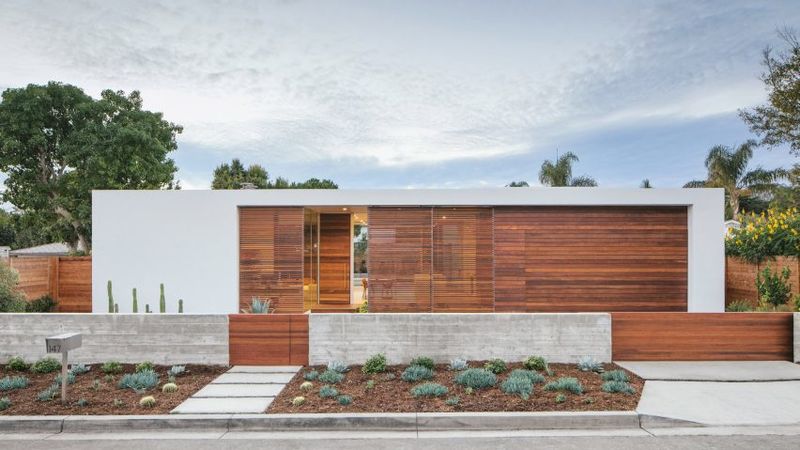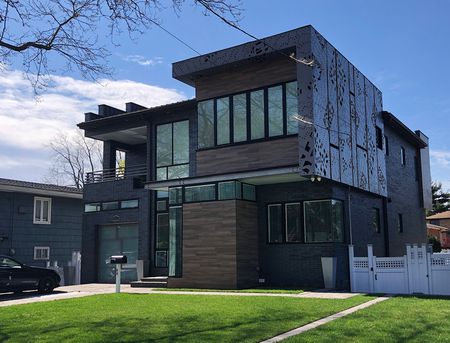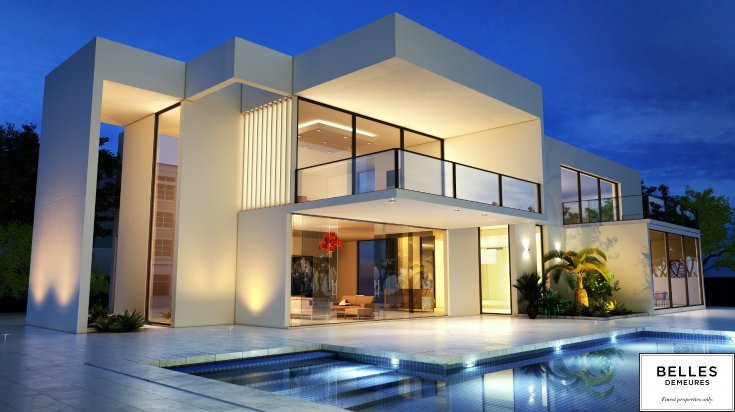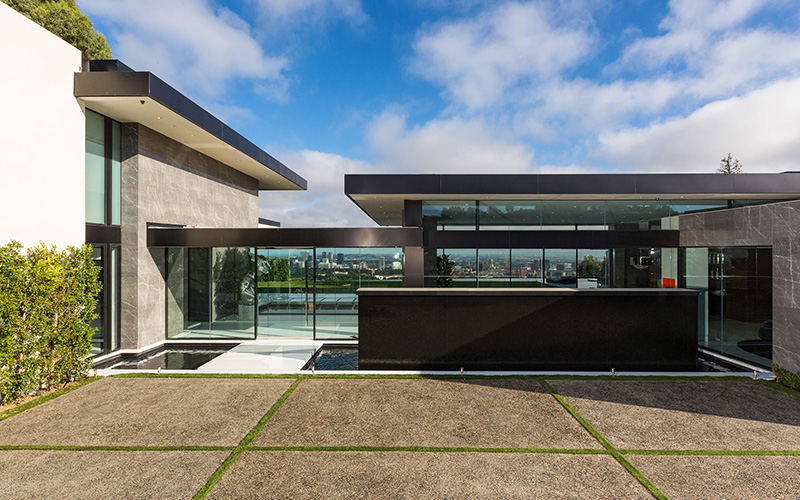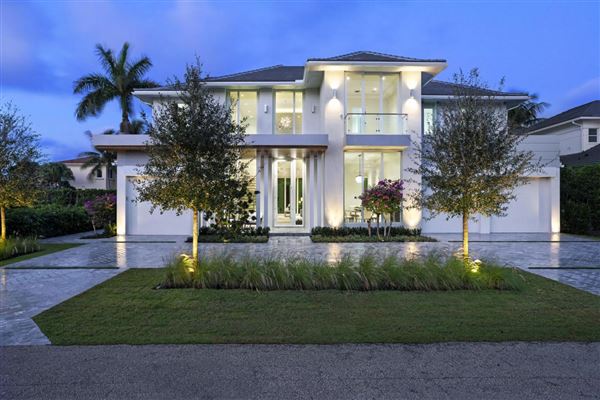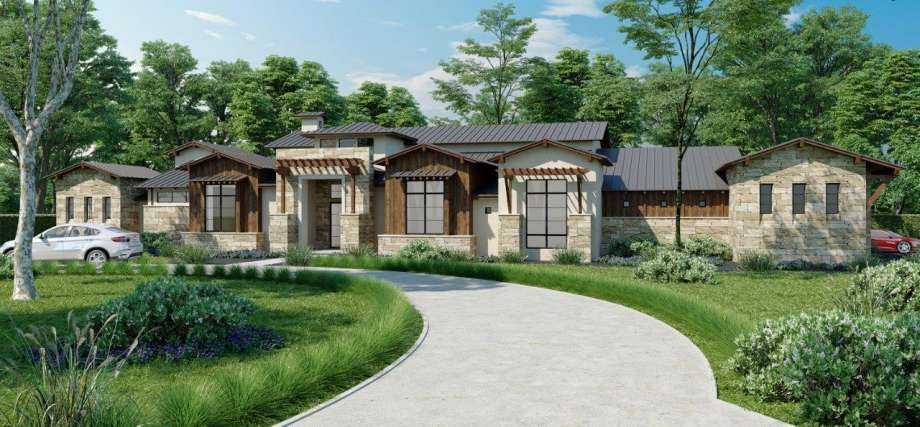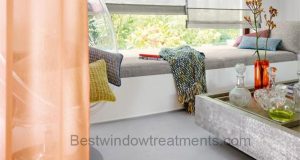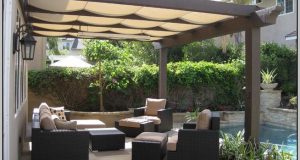Contemporary houses are characterized by clean lines with large windows without decoration. Contemporary style houses often have flat roofs, gable or shed roofs, off-forms and open arrangements designed by designers. Contemporary interior design is the opposite of exemplary. It’s strong, trendy, and highlights the popular outline.
In modern homes, shapes and surfaces come to the fore. Natural materials like linen and jute are combined with curvy, geometric furniture, metal and wood. Such houses have expansive colors and shadows. Chevron designs, blackboard paint, and plastic furniture may be mainstream today, but modern design ideas keep evolving to keep up with the times. When it comes to contemporary design, details and shapes are a must, while indoor and outdoor living, open floor design and normal light are also key elements.
Contemporary living ideas offer numerous design elements. Open and adaptable surfaces, minimalist decorative objects and lots of glass for daylight and visibility. Free passage in front and shed on the roof. Note the importance of a first impression! The most important thing visitors, guests and potential buyers see from your home is that your house facade is exemplary. When researching various contemporary external thoughts, it is important to remember that there are multiple stages in a home remodeling remodel. Remodeling the exterior is just as important as renovating the interior. Both require careful examination of all components involved.
The first thing you need to do is determine what type of design to choose for your home, which will not only be compatible with the space but also match the surroundings. Once this is decided, the material, theme and colors appear in the picture. You can derive some pointers and guidance from the styles and ambiance of the neighborhood. However, your ideas and ideas must guide the work. Contemporary house plans offer adaptable space and adaptive use so that the owner can adapt the functionality of the house to his lifestyle.
 beideo.com Home Decor Ideas
beideo.com Home Decor Ideas

